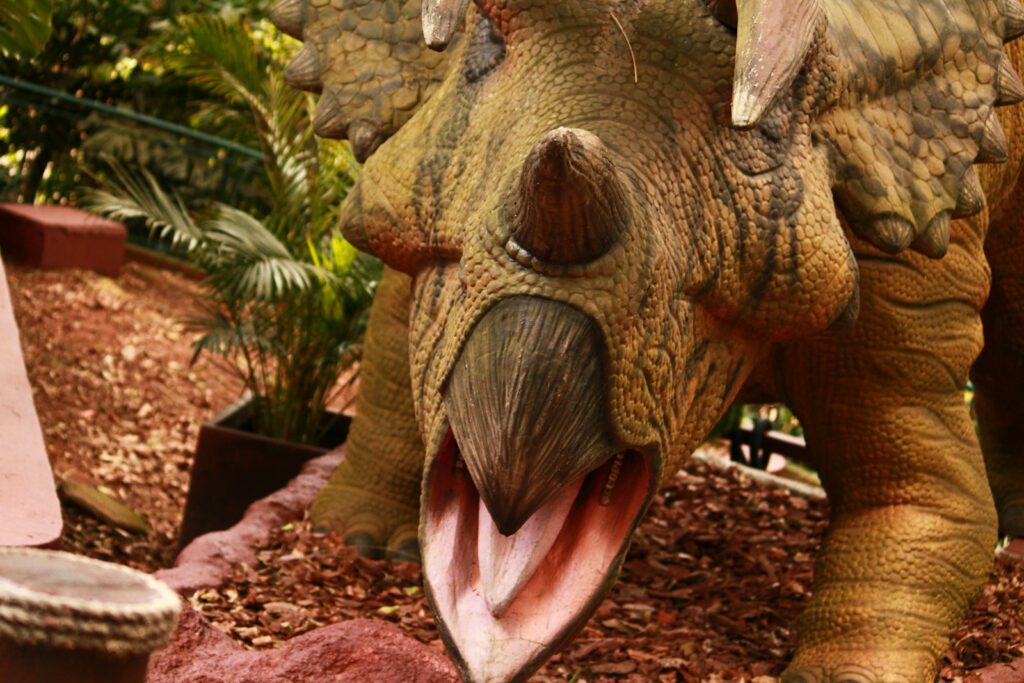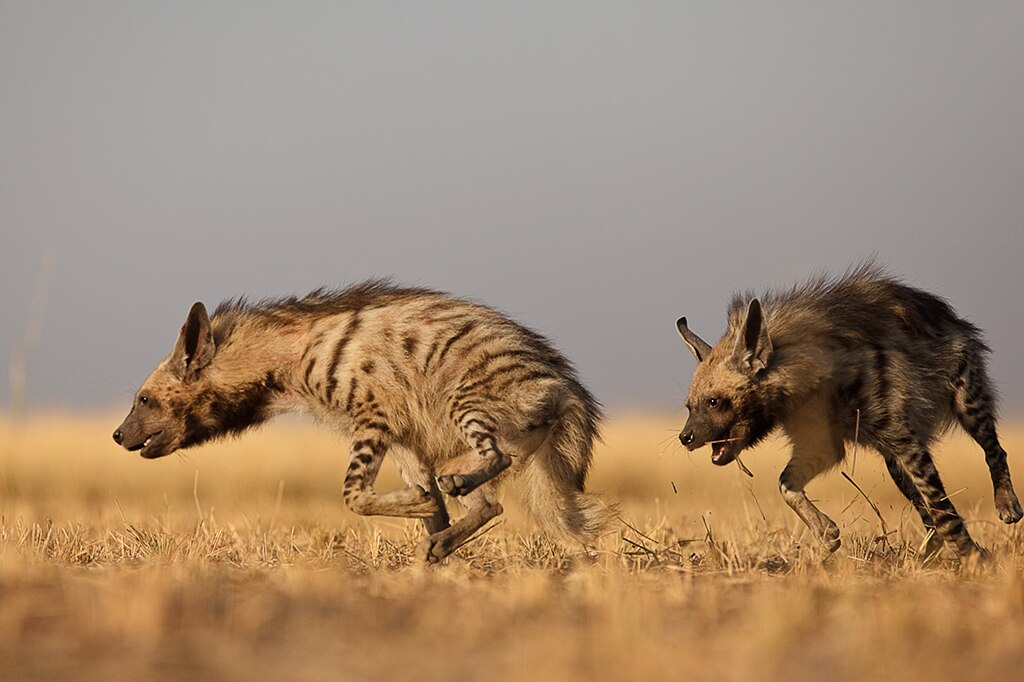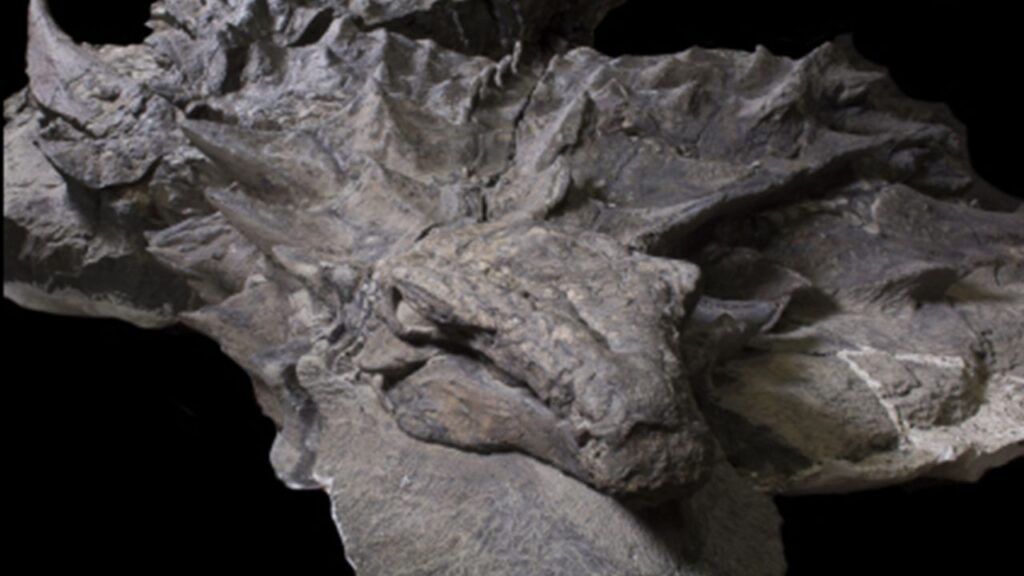Primeval, the British science fiction television series that aired from 2007 to 2011, captivated audiences with its thrilling premise of prehistoric creatures entering the modern world through temporal anomalies. While the show delivered entertainment in spades, many viewers with an interest in paleontology found themselves questioning the scientific accuracy of the depicted creatures and concepts. This article examines how Primeval balanced scientific fact with creative fiction, analyzing whether the show’s representation of extinct species and paleontological concepts holds up under scientific scrutiny.
The Premise of Primeval: Time Anomalies and Prehistoric Visitors
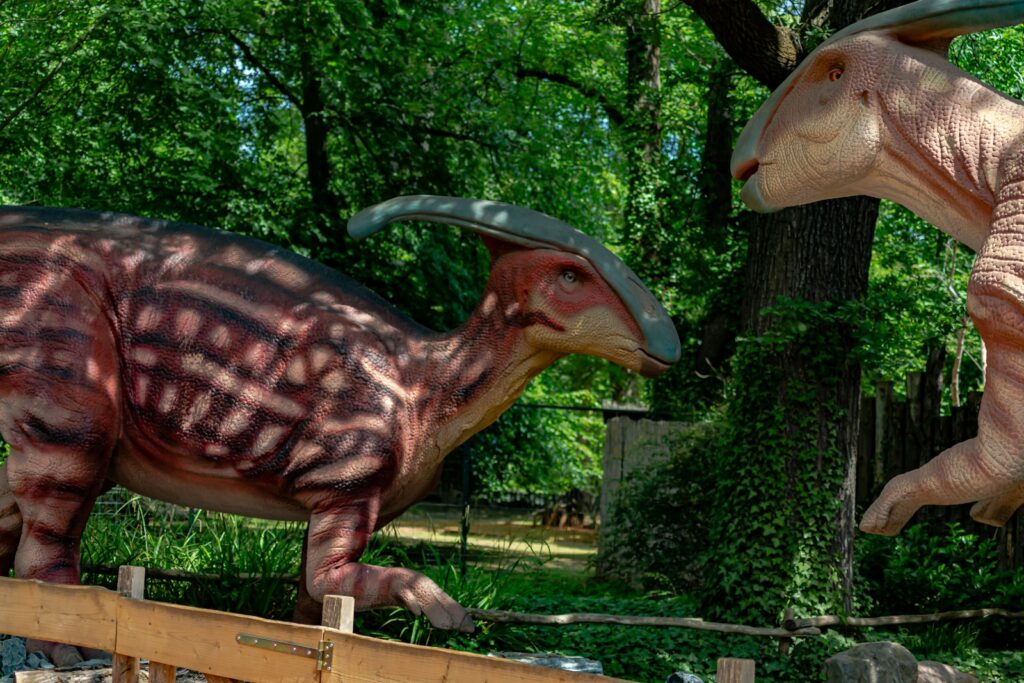
Primeval centered around a team of scientists and government officials dealing with temporal anomalies that allowed creatures from different time periods to enter the present day. The show’s central conceit—that dinosaurs and other extinct animals could somehow travel through time—is obviously fictional and doesn’t align with our understanding of physics. However, this premise served as a creative vehicle to bring extinct creatures into a modern setting, allowing for dramatic encounters between humans and animals separated by millions of years of evolution. The show never claimed these anomalies were scientifically plausible, positioning them instead as mysterious phenomena that even the scientific characters couldn’t fully explain. This approach allowed Primeval to sidestep certain scientific impossibilities while focusing on its strengths: creature design and the thrill of bringing prehistoric life to modern Britain.
Anatomical Accuracy: How Well Were the Creatures Designed?

For a show produced in the late 2000s, Primeval made commendable attempts at anatomical accuracy for many of its creatures, though with notable exceptions. The production team consulted with paleontologists to inform their designs, particularly for well-known dinosaurs like the Tyrannosaurus rex. Many creatures featured reasonably accurate body proportions, postures, and movement patterns based on the scientific understanding of the time. However, practical considerations of visual storytelling often took precedence over strict accuracy. For example, the Velociraptor was depicted much larger than its actual size of turkey dimensions—a common media inaccuracy popularized by Jurassic Park. The show also occasionally modified anatomical features to make creatures more intimidating or distinctive on screen, adding frills, exaggerating teeth, or altering coloration beyond what fossil evidence supports. Despite these creative liberties, Primeval’s creature designs generally reflected a solid foundational understanding of paleoanatomy.
The Scale and Size Question: Supersized for Drama?

One consistent criticism of Primeval’s paleontological accuracy concerns the scaling of prehistoric creatures, which frequently skewed larger than life. The arthropleura (a Carboniferous millipede-like arthropod) appeared in the show at approximately three meters long—significantly larger than the maximum two-meter length supported by fossil evidence. Similarly, the show’s Hesperornis (a flightless aquatic bird from the Late Cretaceous) was portrayed as substantially larger than paleontological records indicate. This pattern of supersizing extended to numerous creatures throughout the series, reflecting a common tendency in visual media to exaggerate the dimensions of prehistoric life for dramatic effect. The production team likely made conscious decisions to enhance the menace and visual impact of these creatures, prioritizing entertainment value over strict scientific fidelity. For many viewers, these creative exaggerations were acceptable trade-offs that heightened the drama without completely abandoning the essence of the real animals.
Behavioral Portrayal: Predators Always on the Hunt?
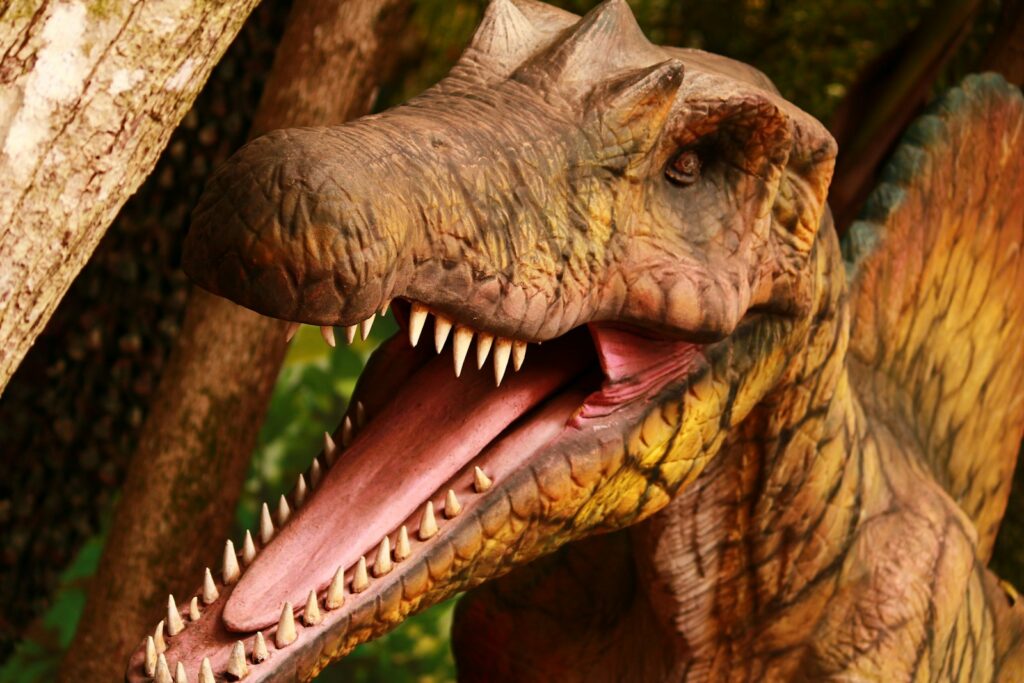
Primeval frequently portrayed prehistoric creatures as relentlessly aggressive and almost exclusively predatory, regardless of their likely actual behaviors. Many herbivorous or omnivorous creatures were depicted as far more threatening and combative than their modern analogues would suggest. This tendency toward hyperpredatory behavior serves dramatic purposes but often contradicts what paleontologists understand about animal behavior. For instance, the show’s dracorex was portrayed as highly aggressive, though as a herbivorous dinosaur, it would likely have behaved defensively rather than offensively in most encounters. Even accurately depicted predators were shown constantly hunting and attacking, ignoring the reality that most predators spend the majority of their time conserving energy and hunt only when necessary. This behavior-based inaccuracy reflects a broader pattern in prehistoric media where entertainment value typically outweighs behavioral realism, creating a somewhat distorted view of how these creatures would actually interact with their environment.
Chronological Accuracy: Time Period Placements

The chronological placement of creatures in Primeval generally adhered to broad geological time periods, though the show occasionally took liberties with more precise dating. The production team demonstrated reasonable diligence in assigning creatures to their correct eras—Cretaceous dinosaurs appeared from Cretaceous anomalies, Permian synapsids from Permian portals, and so forth. However, the show sometimes grouped creatures together that wouldn’t have coexisted, even within the same general period. For example, the specific species of dinosaurs shown from the Late Cretaceous may have been separated by millions of years and different geographical locations. The series also occasionally bent chronology for narrative purposes, bringing forward particular creatures when their stories were dramatically useful rather than strictly adhering to temporal accuracy. These chronological compromises, while noticeable to paleontology enthusiasts, rarely undermined the overall framework of the show and allowed for greater variety in creature encounters across episodes.
Speculative Creatures: The Future Predator Problem
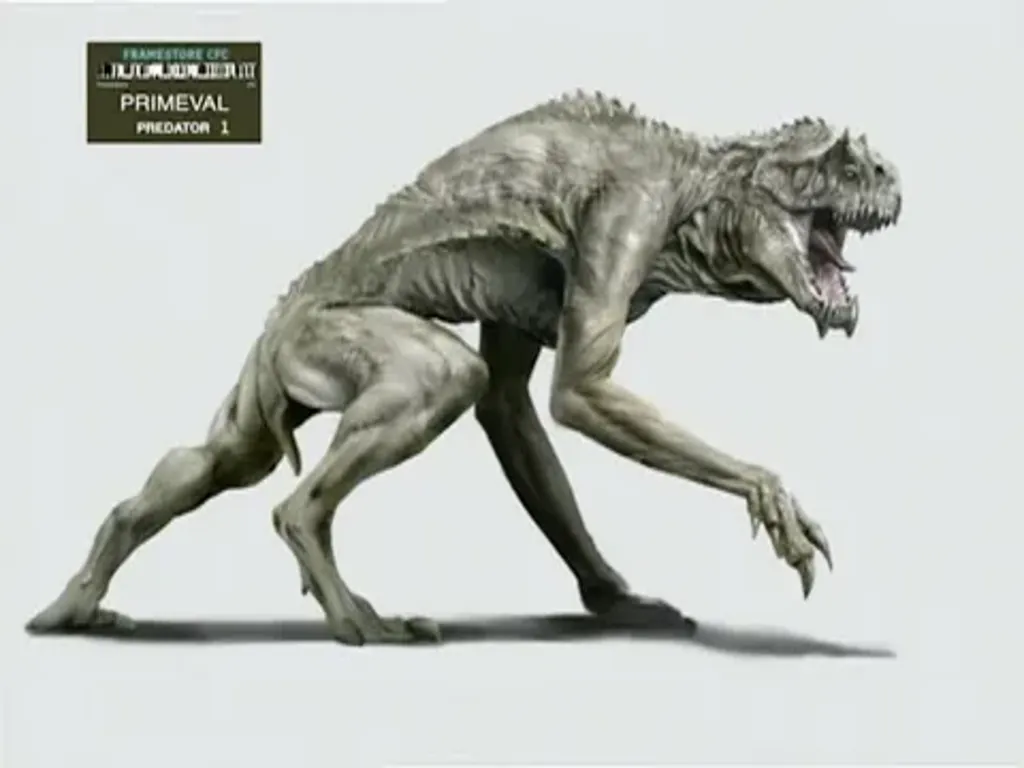
Perhaps Primeval’s most significant departure from paleontological accuracy came with its introduction of speculative future creatures, most notably the “Future Predator.” These fictional evolutionary outcomes represented pure speculation rather than scientific extrapolation, featuring design elements chosen primarily for their menacing appearance and narrative utility. The Future Predator, with its bat-like echolocation, primate-like agility, and exoskeletal features, defied evolutionary principles by combining traits from vastly different lineages without clear selective pressures that would drive such convergence. While entertaining, these future creatures highlight the show’s willingness to prioritize dramatic storytelling over evolutionary plausibility. The production team appeared to recognize this distinction, treating future creatures more as science fiction concepts than as serious attempts at predictive evolutionary biology. For many viewers, these creative inventions added an intriguing layer to the show’s premise without detracting from the more scientifically-grounded prehistoric creatures.
Feathered Dinosaurs: Missing the Revolution
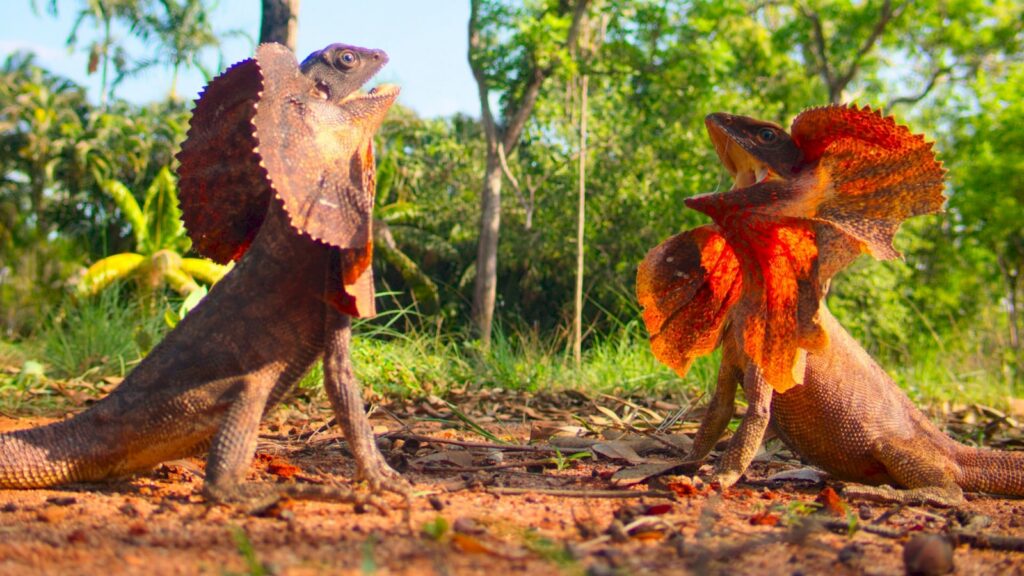
One of Primeval’s most notable paleontological shortcomings was its failure to incorporate feathered dinosaurs, despite airing during a period when scientific consensus had firmly established that many dinosaurs, particularly theropods, possessed feathers. The show’s velociraptors and other theropod dinosaurs were depicted with classic scaly skin rather than the feathered covering that fossil evidence increasingly supported. This omission reflected a broader tendency in visual media to maintain the traditional, scales-only appearance of dinosaurs popularized by earlier works like Jurassic Park. The decision likely stemmed from both production constraints—feathers being more challenging and expensive to render convincingly—and audience expectations of what dinosaurs “should” look like. By the time Primeval aired, paleontologists had already uncovered numerous feathered dinosaur fossils from China and elsewhere, making this aspect of the show outdated even during its original run. This represents one of the clearest examples where Primeval chose familiarity and visual tradition over contemporary scientific understanding.
Environmental Accuracy: Past Landscapes and Habitats

Primeval took a minimalist approach to depicting prehistoric environments, with most creature encounters occurring in modern settings after animals emerged through anomalies. When glimpses of past environments were shown, they often relied on simplified visual shorthand rather than detailed paleoenvironmental reconstruction. Prehistoric forests appeared generically primeval rather than accurate to specific time periods, while ancient deserts and tundras lacked the distinctive floral compositions that would have characterized these biomes. This simplification likely stemmed from production constraints, as creating multiple historically accurate environments would have substantially increased costs. When prehistoric environments were featured more prominently, such as the Permian landscape in series one, the show attempted broad atmospheric accuracy while glossing over botanical specifics. For a television production with limited resources compared to major films, these simplified environmental depictions represented a reasonable compromise, focusing resources on creature design rather than comprehensive habitat recreation.
Scientific Methods: How the Team Worked
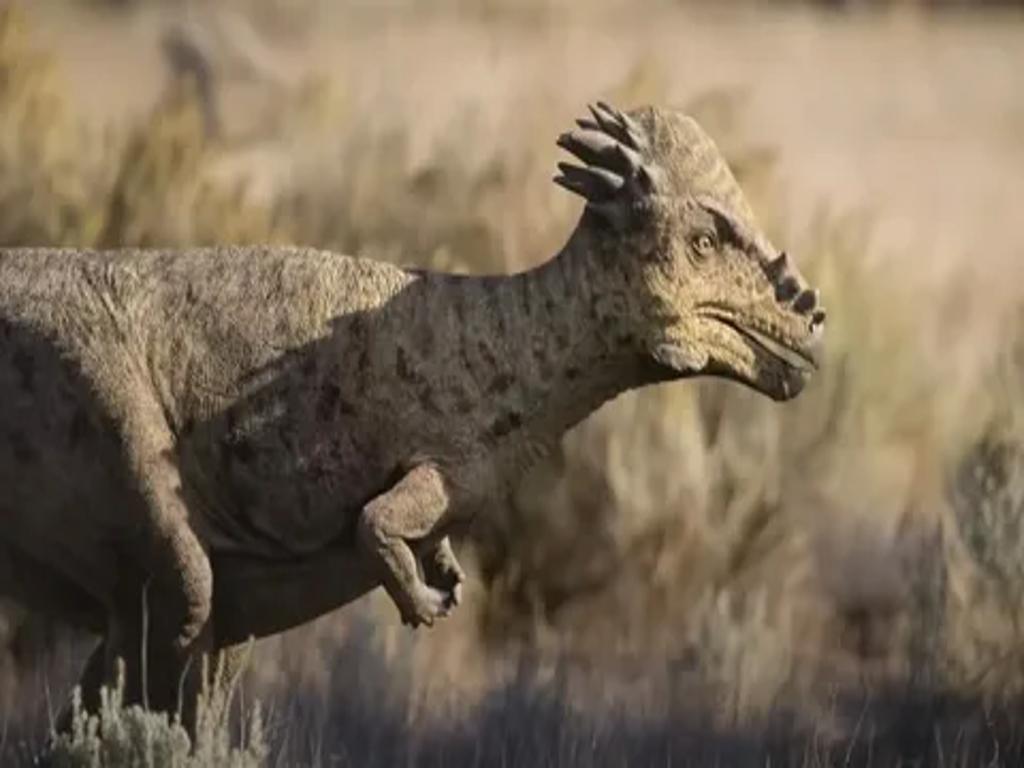
The portrayal of paleontological methods and scientific processes in Primeval presented a mixed picture of accuracy. The character of Professor Nick Cutter and later paleontologists on the team occasionally demonstrated authentic scientific approaches, including comparative anatomy, fossil analysis, and behavioral extrapolation based on modern analogues. However, the show frequently compressed or simplified scientific processes for narrative expediency. Complex analyses that would require days or weeks of laboratory work were often completed in minutes, while field identification of species occurred with implausible immediacy and certainty. The series also exaggerated the ability of paleontologists to immediately identify obscure prehistoric species on sight, when in reality, many identifications require careful comparative study. These shortcuts served the show’s pacing needs but occasionally undermined the authentic portrayal of scientific methodology. Nevertheless, Primeval did capture the excitement of discovery and the application of scientific knowledge in crisis situations, even if the processes were dramatically accelerated.
Extinction Events: Addressing Earth’s Great Dyings

Primeval occasionally referenced major extinction events in Earth’s history, particularly when characters theorized about what might have caused certain species to disappear. The show made passing references to the Permian-Triassic extinction event and the Cretaceous-Paleogene extinction that eliminated non-avian dinosaurs. These references generally aligned with scientific understanding, acknowledging the catastrophic nature of these events and their impact on biodiversity. However, the series rarely delved deeply into the complex causes and consequences of extinction events, typically mentioning them only in relation to specific creature encounters. When extinction mechanisms were discussed, they tended to favor dramatic single causes (like asteroid impacts) over the more complex, multi-factorial explanations favored by modern paleontology. This simplified approach to extinction served the show’s narrative purposes but missed opportunities to educate viewers about the nuanced understanding of these pivotal events in Earth’s history.
Technological Accuracy: The Tools of Paleontology

The technological aspects of paleontology in Primeval received relatively little attention, with the show focusing more on the anomaly detection technology than on the actual tools used in paleontological research. When traditional paleontological tools appeared, they were generally depicted with reasonable accuracy—characters used appropriate field equipment for fossil collection and employed plausible laboratory setups for specimen analysis. However, the show occasionally introduced fictional or highly speculative technologies that extended beyond current paleontological capabilities, particularly in relation to DNA analysis and organism identification. The ADD (Anomaly Detection Device) and other anomaly-related technologies were purely fictional creations with no basis in actual scientific equipment. This blending of authentic scientific tools with speculative technologies created a somewhat inconsistent portrayal of paleontological practice, though one that served the show’s science fiction premise. For viewers primarily interested in entertainment rather than strict scientific education, these technological embellishments enhanced the narrative without seriously misrepresenting the fundamental nature of paleontological work.
Contemporary Influences: How Jurassic Park Shaped Expectations
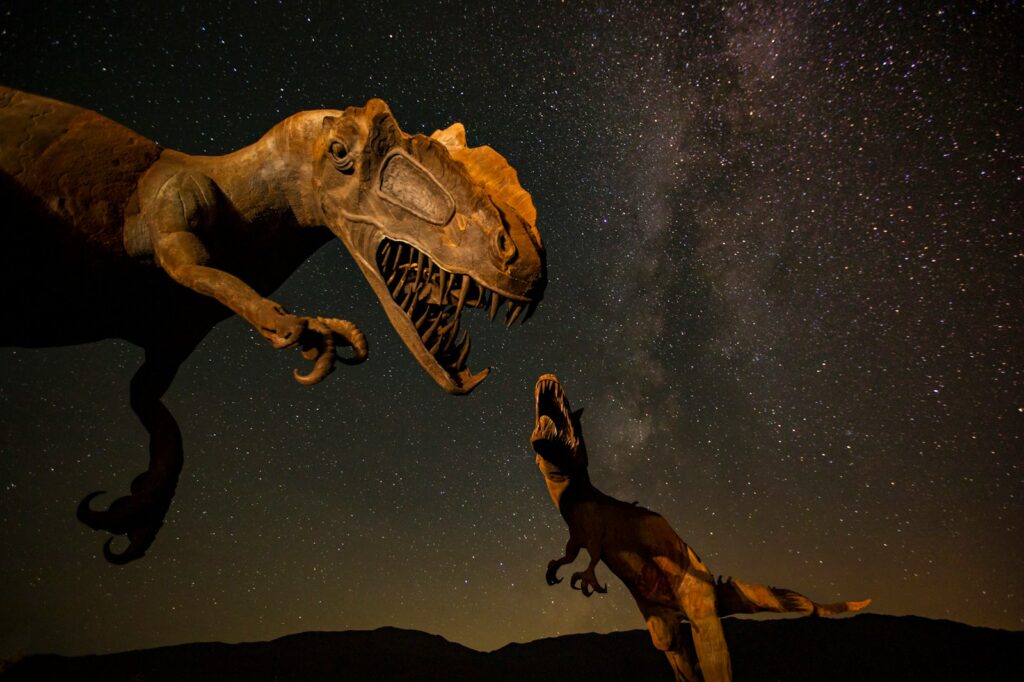
Primeval emerged in a post-Jurassic Park media landscape where audience expectations for prehistoric creatures had been profoundly shaped by Spielberg’s iconic film franchise. The influence of Jurassic Park on Primeval’s creature designs and behaviors is undeniable, particularly in the portrayal of theropod dinosaurs like the show’s velociraptors. These creatures maintained many of the behavioral and physical characteristics popularized by Jurassic Park, including pack hunting strategies and exaggerated intelligence. The producers likely recognized that deviating too dramatically from these established visual and behavioral templates might alienate viewers whose understanding of prehistoric life was primarily informed by popular media rather than scientific literature. This adherence to Jurassic Park conventions sometimes came at the expense of incorporating newer paleontological findings that contradicted these established portrayals. The show thus operated within a complex balance of scientific accuracy, production constraints, and audience expectations largely established by previous media representations of prehistoric life. This tension between scientific currency and media convention continues to challenge creators of paleontologically-themed entertainment.
The Educational Impact: Learning Despite Inaccuracies
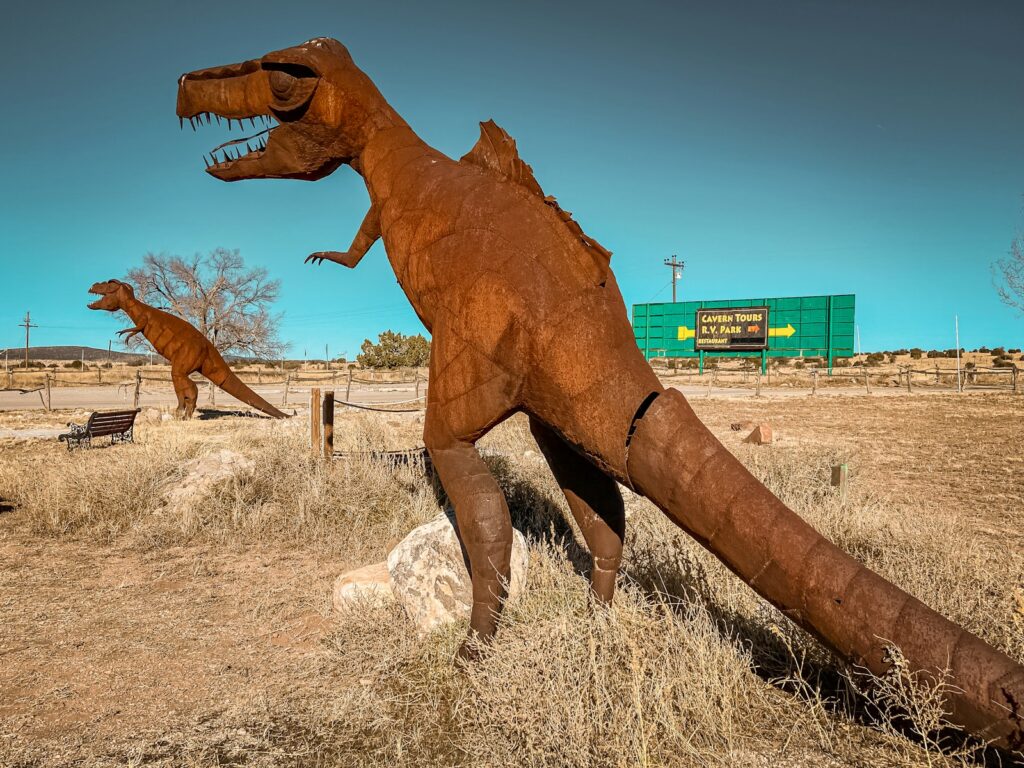
Despite its scientific shortcomings, Primeval made notable contributions to public engagement with paleontology and prehistoric life. The show introduced viewers to a diverse array of extinct creatures beyond the familiar dinosaurs, showcasing animals from various geological periods that rarely receive mainstream media attention. Species like the arthropleura, dimetrodon, and prehistoric mammals expanded audience awareness of the rich diversity of prehistoric life. By featuring these lesser-known creatures, Primeval stimulated curiosity about paleontology and evolutionary history among viewers who might otherwise have limited exposure to these topics. The series also subtly conveyed concepts about adaptation, ecological niches, and predator-prey relationships, even when specific depictions contained inaccuracies. Numerous paleontologists and educators have noted that shows like Primeval, despite their scientific compromises, often serve as gateway experiences that inspire further learning and interest in paleontological science. In this respect, the show’s value as an educational catalyst may outweigh concerns about its specific inaccuracies.
Balancing Entertainment and Accuracy: The Final Verdict
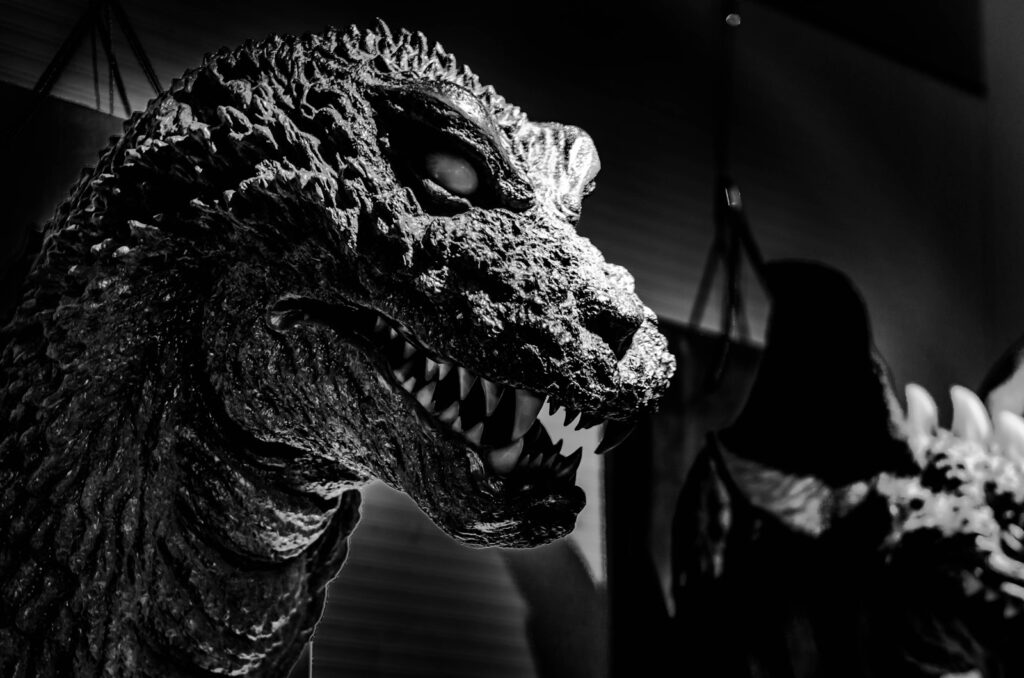
Ultimately, Primeval represents a reasonable compromise between scientific accuracy and entertainment imperatives within the constraints of television production. The show made genuine efforts to incorporate contemporary paleontological knowledge while acknowledging the need for dramatic license to create compelling narratives. When viewed through this lens, Primeval’s paleontological portrayals can be appreciated for their attempts at accuracy while understanding where and why the series diverged from strict scientific fidelity. The production team clearly valued scientific input, consulting with experts and incorporating many accurate details, particularly for the time of production. Where inaccuracies appear, they typically serve clear narrative purposes or reflect production limitations rather than careless disregard for science. For viewers seeking pure entertainment with a prehistoric flavor, Primeval delivered exciting creature encounters while maintaining enough scientific grounding to avoid complete fantasy. For those with deeper paleontological knowledge, the show offers an interesting case study in how scientific concepts are translated, adapted, and occasionally sacrificed in service of popular entertainment.
In conclusion, Primeval presents a mixed record on paleontological accuracy. The show made commendable efforts to incorporate scientific knowledge while working within the constraints of television production and narrative requirements. Its greatest strengths lay in introducing viewers to a diverse array of prehistoric creatures and stimulating interest in paleontology, even when specific details strayed from scientific consensus. For a science fiction series, rather than a documentary, Primeval achieved a reasonable balance between fact and fiction. Perhaps most importantly, it inspired curiosity about Earth’s prehistoric past among viewers of all ages, potentially guiding some toward deeper exploration of paleontological science beyond the confines of television entertainment.

